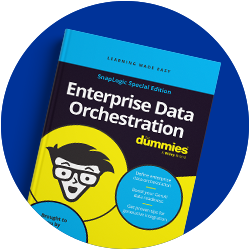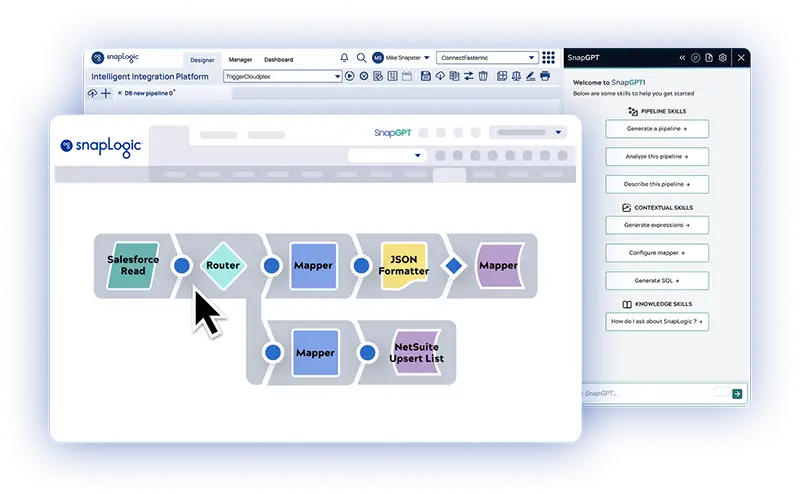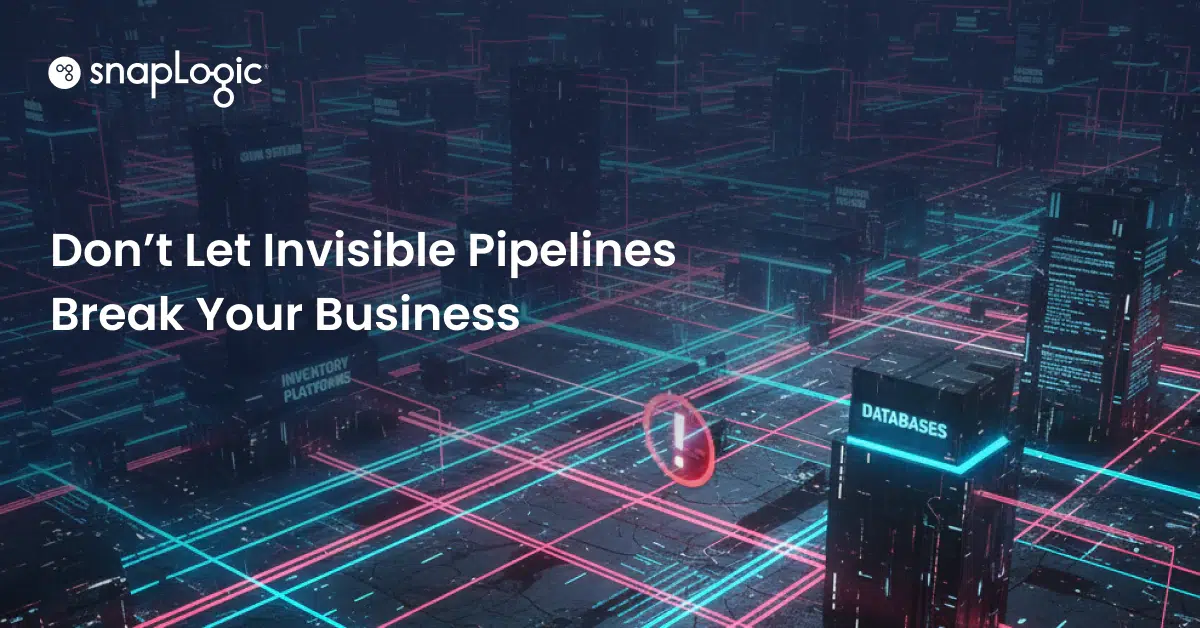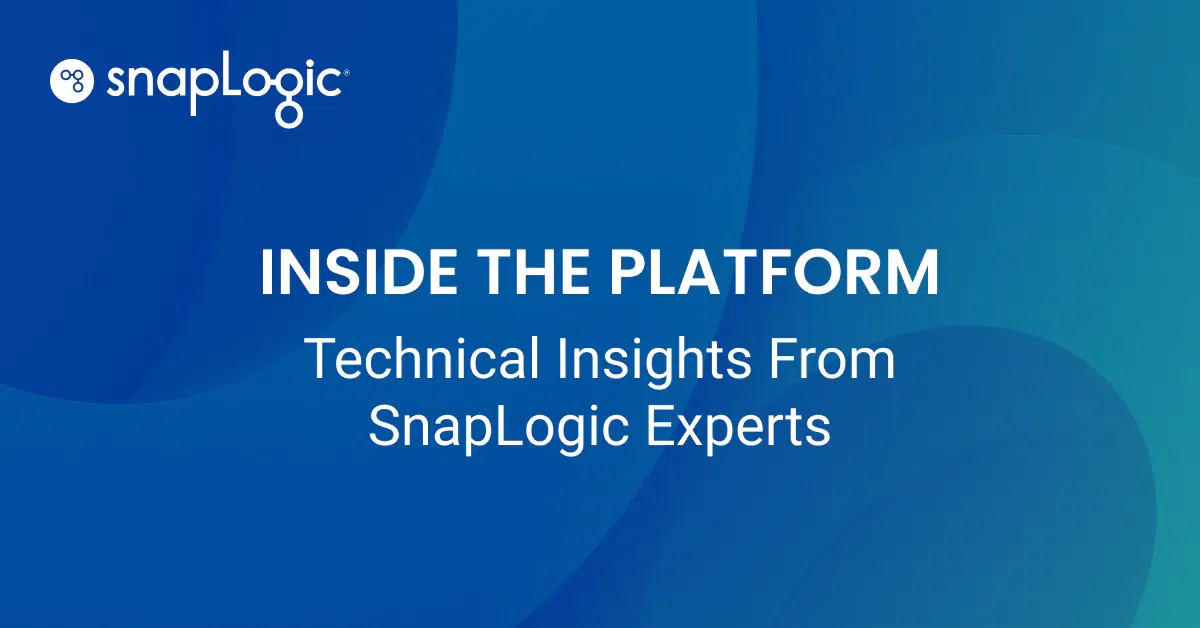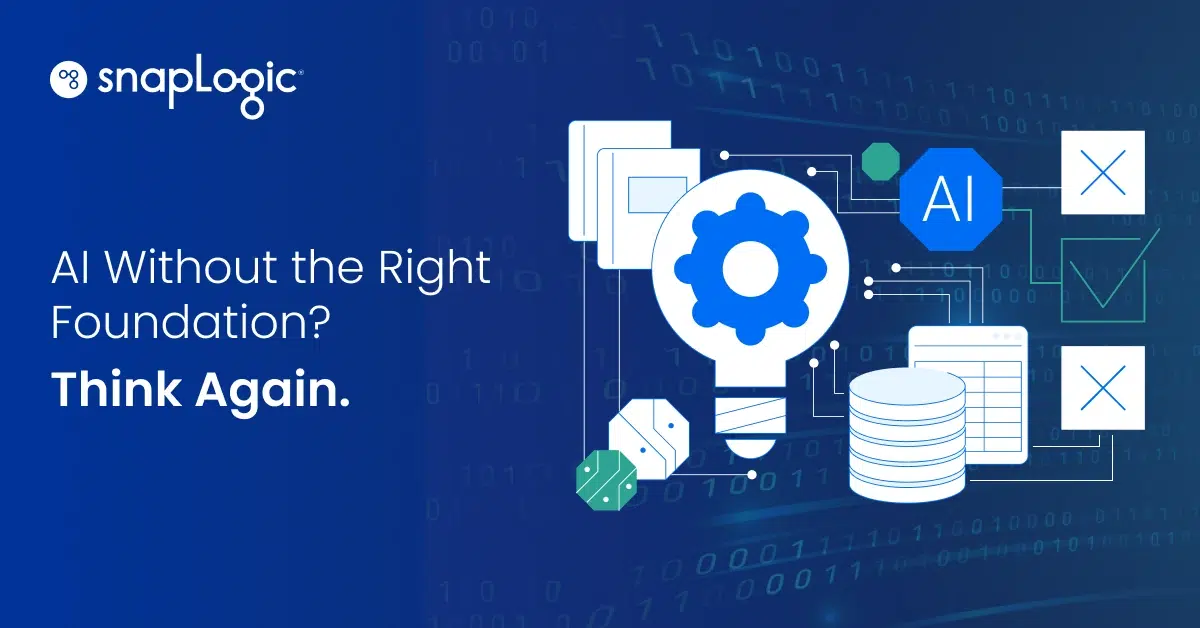It’s been said that more data has been generated in the last five years than in the entire history of humankind. Enterprises today grapple not only with the massive amounts of big data sources constantly churning out raw data, but even more so with making that data useful in real-time.
Figuring out how to make sense of all those datasets is key. Raw data contains too many data points that may not be relevant. So, data engineers have created data pipeline architecture — a structured system that captures, organizes, and routes data to drive business intelligence, reporting, analytics, data science, machine learning, and automation.
What is data pipeline architecture?
Data pipeline architecture refers to the sophisticated framework designed to streamline the flow of data within an organization. By organizing data pipelines, this architecture significantly simplifies and accelerates data ingestion, reporting, analysis, and business intelligence efforts, ensuring they are more precise and efficient.
Leveraging automation, it adeptly manages, visualizes, transforms, and transmits data across various sources to align with business objectives seamlessly. Through this optimized infrastructure, data scientists and data engineering teams are empowered to harness data more effectively for the enterprise’s advantage, enhancing decision-making and strategic initiatives.
What are data pipelines?

Data pipelines are automated processes designed to efficiently move and transform data from various sources to a storage destination, facilitating analysis and visualization. These systems utilize a sequence of data processing steps, leveraging machine learning, specialized software, and automation to enhance the flow of data through Extract, Transform, Load (ETL) processes.
By streamlining the validation and integration of data, pipelines significantly reduce errors, eliminate bottlenecks, and cut down on latency, enabling quicker and more effective data utilization compared to manual methods.
Central to enabling real-time business intelligence, data pipelines equip enterprises with the necessary insights for agile, strategic decision-making that enhances business outcomes. They allow data scientists to explore deep insights into areas such as customer behavior, robotic process automation, user experience, and customer journeys, thus informing critical business and customer intelligence strategies.
Why do you need data pipelines?
Raw data comes from multiple sources and there are many challenges in moving data from one location to another and then making it useful. Issues with latency, data corruption, data source conflicts, and redundant information often make data unclean and unreliable. In order to make data useful, it needs to be clean, easy to move, and trustworthy.
Data pipelines remove the manual steps required to solve those issues and create a seamless automated data flow.
Enterprises that use vast amounts of data, depend on real-time data analysis, use cloud data storage, and have siloed data sources typically deploy data pipelines.
But having a bunch of data pipelines gets messy. Which is why data pipeline architecture brings structure and order to it. It also helps to improve security, as data pipelines restrict access to data sets, via permission-based access control.
It’s all about making data useful as fast as possible to help the enterprise move with the speed, accuracy, and intelligence needed in a modern digital world.
What does data pipeline architecture look like?
Data pipeline architecture is a complex framework designed to facilitate the efficient movement and transformation of data from its point of origin to its destination for analysis and use. This architecture is composed of several key components, each playing a crucial role in the data-handling process:
- Data Sources: These are the origins of data, encompassing a wide array of sources including application APIs, cloud storage platforms, relational and NoSQL databases, and Apache Hadoop systems. They represent the starting point of the data journey.
- Joins: This component defines the criteria and logic for merging data from different sources as it moves through the pipeline, ensuring cohesive data flow and integration.
- Extraction: Focused on isolating specific pieces of data from larger datasets, extraction processes make data more granular and manageable for subsequent operations.
- Standardization: To facilitate seamless integration and analysis, data standardization is applied to normalize data formats, units of measure, and presentation styles across the dataset, ensuring uniformity and consistency.
- Clean Up: This vital step involves identifying and correcting errors within the data, as well as removing corrupt files, to maintain high data quality and reliability.
- Loads: Once cleaned and processed, data is loaded into storage and analysis systems such as data warehouses (e.g., Snowflake), relational databases, Apache Hadoop, or data lakes, making it accessible for further analysis and business intelligence activities.
- Automation: Automation technologies are implemented to streamline the entire process, from error detection and correction to reporting and monitoring, with operations that can be conducted continuously or according to a predefined schedule.
Understanding these components and their functions within the data pipeline architecture provides insight into how data is efficiently processed, managed, and utilized in driving business intelligence and decision-making processes.
Do you need data pipeline tools?
Determining the necessity of data pipeline tools for your organization hinges on several key factors related to your data management and analysis needs. If your organization handles large volumes of data, faces challenges with data silos, requires real-time insights to inform decision-making, or seeks to enhance efficiency through automation, data pipeline tools are not just beneficial—they are essential.
Data pipeline tools simplify the creation, management, and optimization of data pipelines, enabling seamless integration, processing, and analysis of data across various sources. They provide a robust solution for overcoming common data challenges, ensuring that your data is not only accessible but also actionable. By automating routine data tasks, these tools free up valuable resources, allowing your team to focus on strategic initiatives that drive business growth and innovation.
In essence, if your goals include breaking down data silos, achieving real-time data analysis, and leveraging automation for greater efficiency, then investing in data pipeline tools will empower your organization to realize these objectives with greater ease and effectiveness.
What kind of data pipeline tools are there?
The landscape of data pipeline tools is diverse, offering a variety of solutions tailored to meet different data processing needs and environments. These tools can be categorized based on their processing capabilities, source code availability, deployment environment, and the nature of data they handle best. Here’s an overview of the primary types of data pipeline tools:
- Batch Processing Tools: Suited for handling vast volumes of data, batch processing tools are designed for scheduled data movement and processing tasks. They are not geared towards real-time data transfer but are highly effective for regular, large-scale data operations. This category is ideal for organizations that work with substantial datasets needing periodic processing.
- Open Source Tools: Developed and maintained by the open source community, these tools offer flexibility and cost-effectiveness. Apache Kafka is a notable example, renowned for its high throughput, built-in partitioning, replication, and fault tolerance, making it a powerful option for data streaming and processing.
- Cloud-Native Tools: Specifically designed for cloud environments, cloud-native tools leverage the scalability, flexibility, and efficiency of cloud computing platforms. They are particularly suited for managing cloud-based data, with tools optimized for services like Amazon Web Services (AWS), including AWS Lambda for serverless computing, and Microsoft Azure, offering solutions that seamlessly integrate with the respective cloud ecosystems.
- Real-Time Processing Tools: Essential for applications requiring immediate data analysis and action, real-time processing tools handle streaming data sources efficiently. These tools are crucial in sectors such as the Internet of Things (IoT), finance, and healthcare, where the ability to process data as it arrives can significantly impact decision-making and operational effectiveness.
Understanding the distinct features and applications of these data pipeline tools can help organizations select the most appropriate technology to meet their specific data management and analysis requirements, ensuring optimal performance and outcomes.
What about data integration?
Data integration is needed to pull data sources from on-premises and cloud sources into the data pipeline. For example, pulling data from your CRM into tools such as integration platforms as a service (iPaaS) automates the data integration and pipeline architecture process.
Questions to ask before you build a data pipeline
There are different designs for data pipelines — which is where an iPaaS, such as SnapLogic, can help you quickly determine the easiest and most effective pipeline design.
Before you build a pipeline, here are some things to consider:
- What do you want the pipeline to accomplish? Will it move data repeatedly? What business process or workflow will it enable or support?
- What types of data will you be working with? Structured data, unstructured data, streaming data, or stored data? How much?
- Does the pipeline need to be built from scratch by data engineers or can a tool such as SnapLogic which comes with 700+ pre-configured integration Snaps, enable you to quickly build pipelines with no/low code ease?
- Who in the organization needs to be able to build and use data pipelines? Increasingly, business decision makers and non-DevOps employees are needing to be able to quickly and easily build pipelines without having to wait for a data science team member to do it for them. What use cases do you have? What use cases can you anticipate for the future?
Building data pipelines and data pipeline architecture will enable your enterprise to scale, move faster, and ensure that it harnesses the true power of data to achieve its outcomes.
Learn more about building data pipelines and a data pipeline architecture with SnapLogic.

